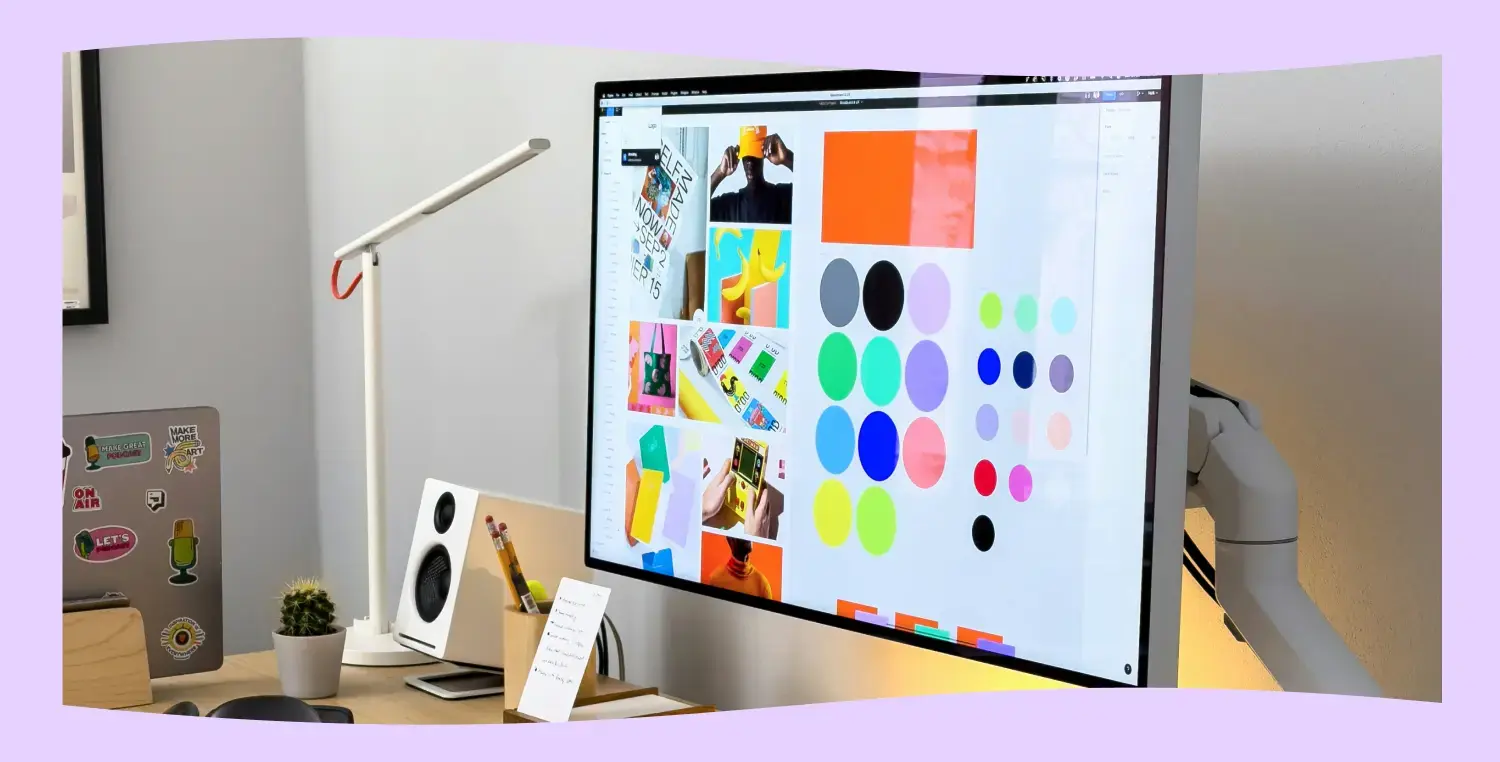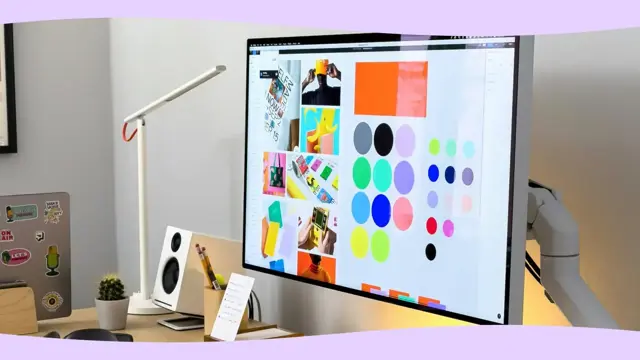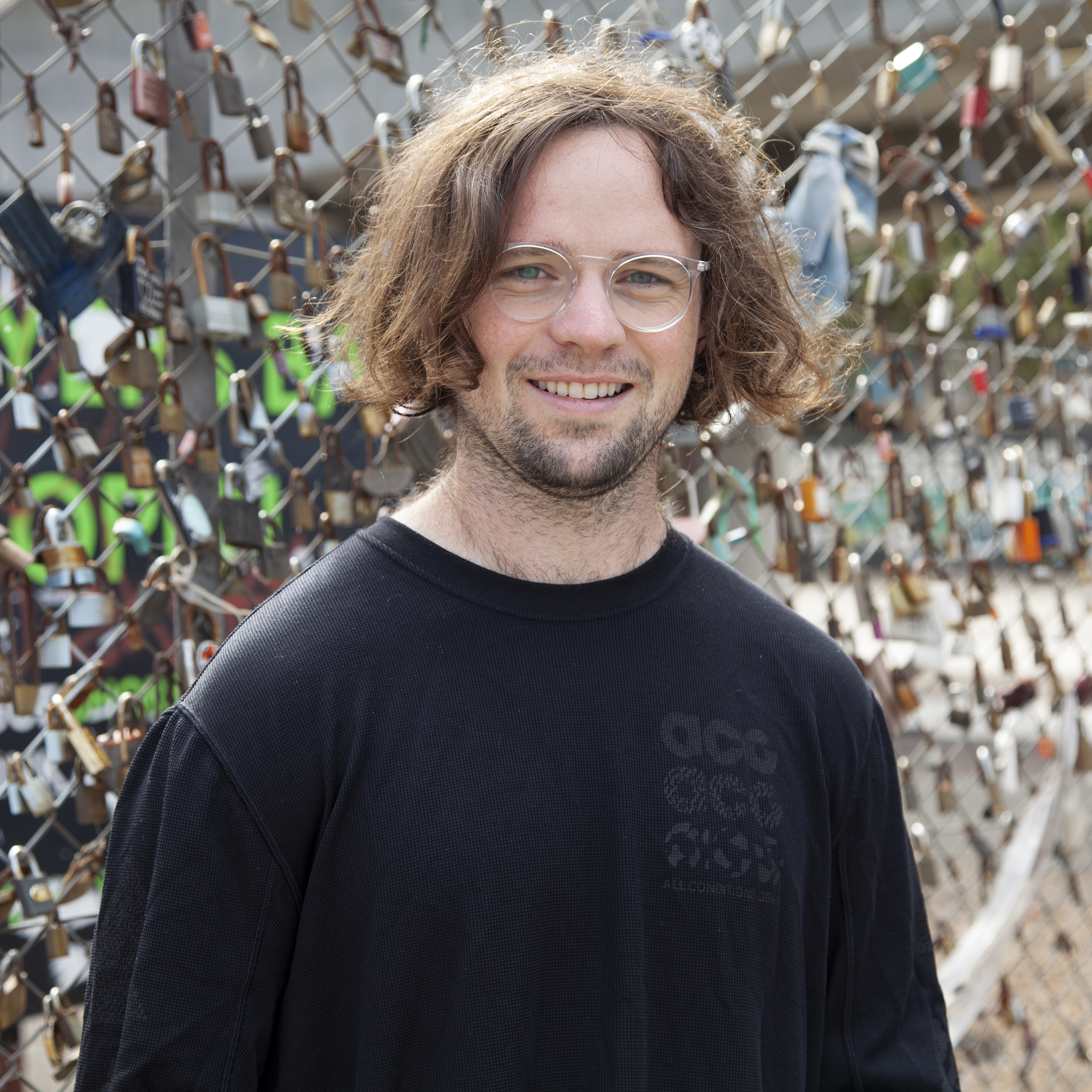A lot of us might have embarked on design and build projects before. But the actual design thinking, innovation and strategy which goes on behind the scenes can often feel like an entirely new concept.
What we mean when we say “design”
The word “design” can encapsulate a host of different meanings. The Oxford Dictionary defines the term as: “A plan or drawing produced to show the look and function or workings of a building, garment, or other object before it is made.”
When we use the word at TPXimpact, we refer to the process of understanding and refining challenges. The ability to generate plenty of ideas. Prototyping and testing these ideas with real users. And delivering, as well as implementing, the designs we come up with.
You can also discern between types of design. “Design Doing”, as we call it, can refer to the practical application of designs. Whilst “Design Thinking” refers to the approach we take to coming up with a design.
How to think like a designer
Whilst there’s no hard and fast rule book for how to think like a designer, we’ve put together some initial pointers to get your juices flowing:
-
Always ask: “What if?”
-
Be empathetic, especially to the users (both internal and external)
-
Think about things holistically, considering the end journey and not just the singular part you're working on
-
Be an optimist — if the sky is your limit, innovation is far more likely to breathe
-
Keep a collaborative approach, involving users, stakeholders and the entire team
It’s worth noting how design thinking has evolved over the years. It began as a vague concept that many struggled to grasp, before morphing into a much more solidified, established school of thought.
Whilst the basic rules of design thinking are now internationally recognised, they are by no means final. You can think of the rules as forming the foundation for innovation. The more practice you get laying down those first bricks, the more suitable your environment will be to facilitate new ideas.
Things to ask yourself and how to answer them
When your team gets a new brief, especially one which lacks precision and invites vague interpretation, it’s important — as the designer — to ask yourself a series of questions. Here's how a few our team tend to live by in this scenario:
Question: How do I get started?
Answer: Align your project with its goals. Get crystal clear on the change you want to achieve, in the near-term and long-term. Then frame your design challenge, as this will be critical to your project’s success. Getting smart around your challenge is crucial to your success too, so collect some secondary research on the field you’re working in.
Once you’re clear on the aims, build your team. An interdisciplinary mix of thinkers, makers and doers is just the right combination to tackle any design challenge. With your people chosen, you can then create a project plan. This involves getting organised, understanding your strengths, and identifying what you’ll need to come up with innovative solutions.
Question: How can I understand the people this design impacts?
Answer: Keeping your audience in mind is paramount. So, consider the broad spectrum of people who will be touched by your design solution. Human centred design isn’t just talking to a lot of people, it’s about talking to the right people. Experts can get you up to speed quickly on a topic, giving you key insights into relevant history, context, and innovations.
Observing your audience’s subconscious behaviours is also a good way of personalising your design. There’s no better way to understand the people you’re designing for than by immersing yourself in their lives and communities. And remember, designing a solution that will work for everyone means talking to both extreme users and those squarely in the middle of your target audience.
Question: How do I turn an idea into an actual design and prototype it?
Answer: From the interviews and research you conduct, highlight the key themes. As you share your learnings, hidden patterns are likely to emerge. A critical piece of the ‘Ideation Phase’ is plucking the insights that will drive your design out of the huge body of information you’ve gathered. Don’t be afraid to get visual with your design. Incorporating drawing, sculpting, and building into the ideation process can unlock all kinds of innovative solutions.
Once you’ve done this, and you’ve decided on your solution, it’s time to build and run some prototypes. The faster you spin up and share your prototypes, the more you can keep learning and iterating. You can do some of this in co-creating sessions with future users of the product. Let the feedback of the people you’re designing for guide the next iteration of your solution.
Question: How do I know if my chosen solution is working? What testing do I need to carry out?
Answer: First of all, define your indicators. They will show you the type of data you need to collect to understand your solution’s impact on users over time. Live prototyping can help with collecting this sort of data. It’s a chance to run your solution for a few weeks or months out in the real world.
But you shouldn’t stop at one prototype sprint. Keep iterating. Testing and getting feedback will help you get a great solution to market and let you know where to push it when you do. Even though your idea is now as close to market as it’s ever been, you still need the input of the people you’re designing for.
Note the consistent use of the word “how” in these questions. By keeping our language open, rather than closed, the answers we come to are far more likely to be open-ended and ripe for iteration, as opposed to closed-loop and static.
What kind of designer are you?
There are a number of methods you can try when getting started on a design project, as we’ve shown above. This is why it’s important to remember everyone works in different ways. So no one route through the design process is verbatim.
The best way to figure out which best fits your way of working is simply to try different ones. By process of elimination, you can begin to build a picture of what sort of designer you are.
Most things in the world are defined by what they aren’t. And failures are just as much a part of successes as the victory itself. So don’t be scared. Be daring. It’s this way of seeing the world which will get you thinking, and doing, like a designer.
But don’t be hard on yourself. Truly mastering design thinking takes time, practice, and mentorship. There are no shortcuts, precise roadmaps or timetables. The journey to mastery will be long and the end point changeable.
And remember, mastering design thinking as an individual without the ability to share and apply it within an organisation limits the overall potential of the approach. So be sure you’re thinking like a designer on both levels: personal and organisational.

Five essential activities to launch your design direction
Find out how we build digital success and craft impactful design directions.
Read moreOur recent insights

Five essential activities to launch your design direction
Find out how we build digital success and craft impactful design directions.
Read more
Embracing the shadow: digital transformation and our planet's future
We're not just creating digital products but enriching lives with sustainable, fair experiences. Our focus is to reduce digital's carbon footprint and embrace planet-centred design.
Read more
Deaf gains: exploring accessibility through the lens of Deaf identity and inclusive design
Understanding the spectrum of Deaf experience, inclusive design benefits us all, enriching human diversity, erasing boundaries and creating an inclusive digital realm.
Read more

